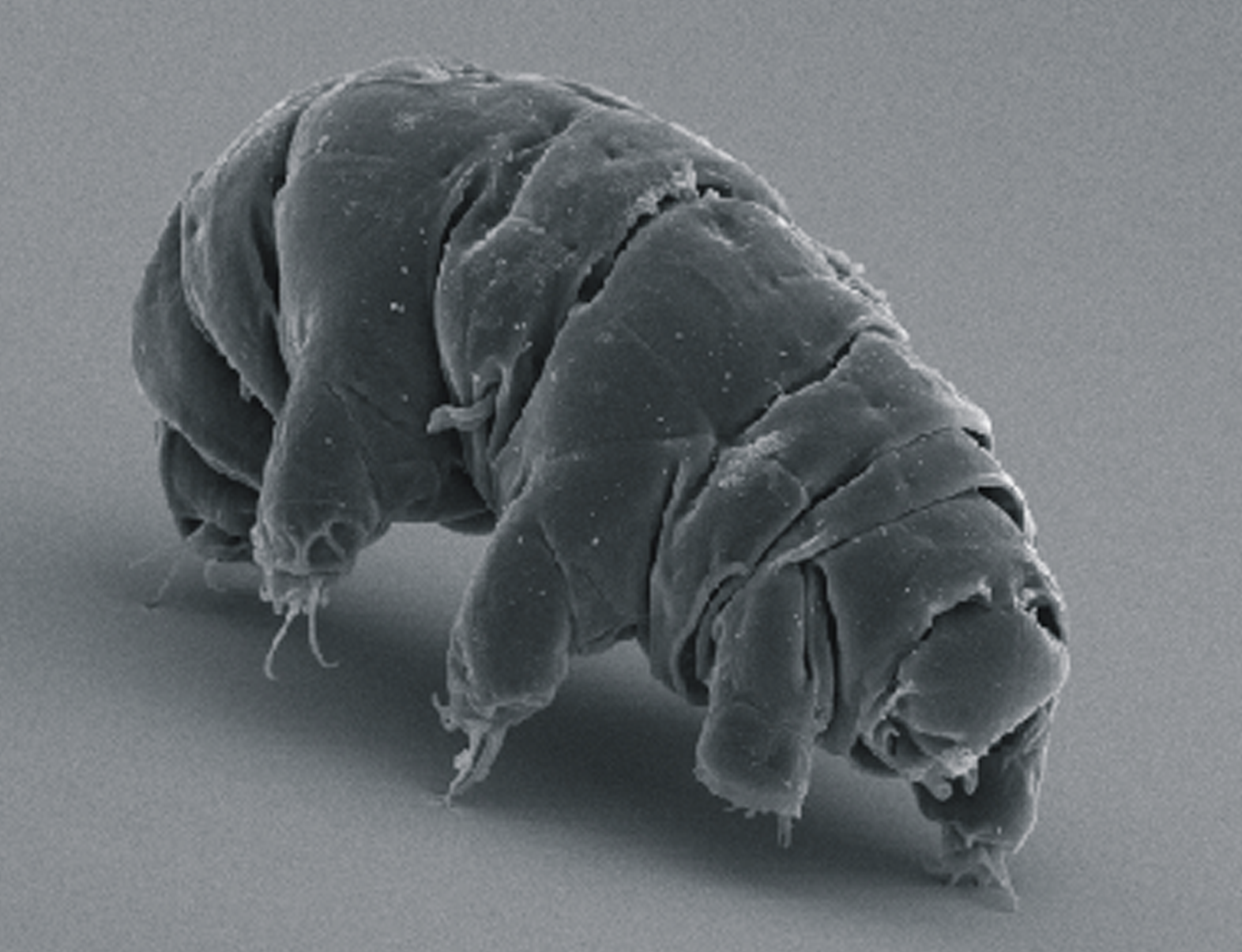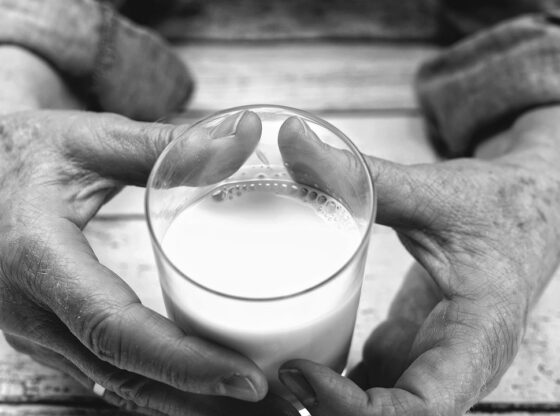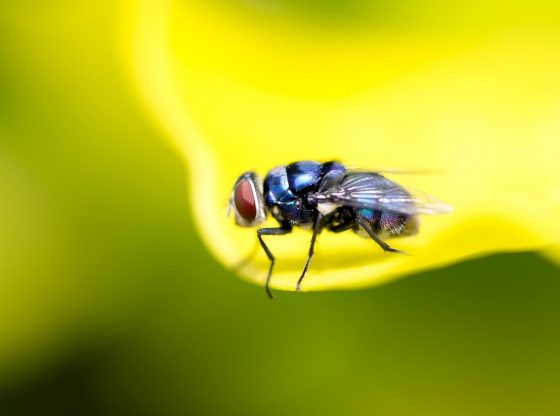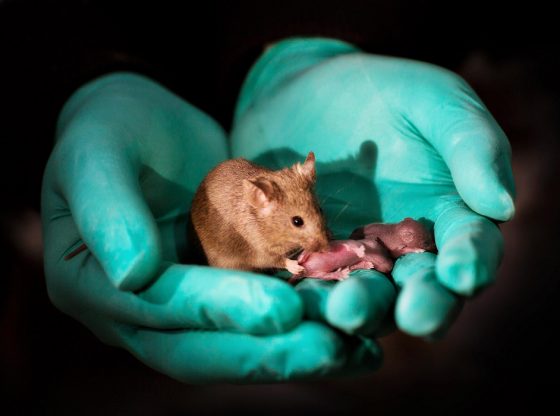Previously, researchers have assumed that a sugar molecule called ‘trehalose’ acted as a kind of antifreeze for the incredibly resilient tardigrade. But it seems they got it wrong.

The tardigrade is a water-dwelling, eight-legged, segmented micro-animal that can survive intense radiation, vacuum, freezing, dehydration and have fascinated scientists for over 250 years. But how they actually achieve these incredible feats has remained unanswered, until now.
Researchers previously assumed that trehalose acted to protect the animal during periods of freezing or dehydration, but research has shown that there is hardly any trehalose within their bodies at all. Instead, it seems that there are some very important proteins that are key to their success.
A research team at the University of North Carolina in the United States examined which genes were active in tardigrades at the moment they are exposed to an extremely dry environment. Then they compared these genes to those of some very wet, prosperous and healthy tardigrades.
They found some very specific genes responsible for creating a special type of proteins named TDPs or ‘tardigrade-specific intrinsically disordered proteins’ in honor of the 1mm-long creatures who evolved to have them. These TDPs are a form of intrinsically disordered proteins (IDPs) and do not have fixed three-dimensional structures. These proteins appear to allow the tardigrade to survive in extremely cold and dry environments.
Typically, when cells are cooled down they form crystals that destroy the sensitive cell membranes, shred up proteins and DNA. IDPs forms a glass-like, orderly pattern within the cells. Allowing the cells to freeze without destroying the cells. It also makes them able to survive dehydration. The proteins turn the water bear into a frozen glass figurine, a process known as vitrification.
It would certainly be a dream for us to be able to utilize this knowledge to make ourselves and other organisms able to withstand freezing and dehydration. The researchers, therefore, experimented on yeast and bacteria to examine if they would become superior survivors if the were given the very same genes.
The results were similar. The yeast became much more tolerant to being dried out. The researchers say these genes are able to boost the resilience of other organisms by up to 100 times and has enormous potential. If spliced into plants, it would make crops far more drought tolerant. If introduced to delicate vaccines, these may no longer need careful refrigeration.
The research paper has been published in the scientific journal Molecular Science.
Reference:
Thomas C. Boothby et al. Tardigrades use Intrinsically Disordered Proteins to Survive desiccation. Molecular Cell, 2017. DOI: 10.1016 / j.molcel.2017.02.018






















